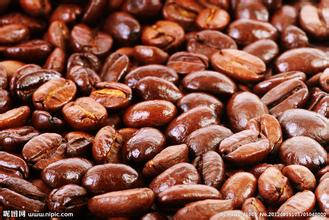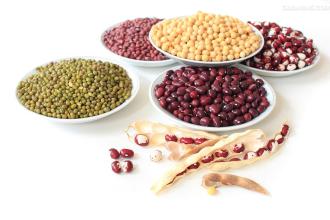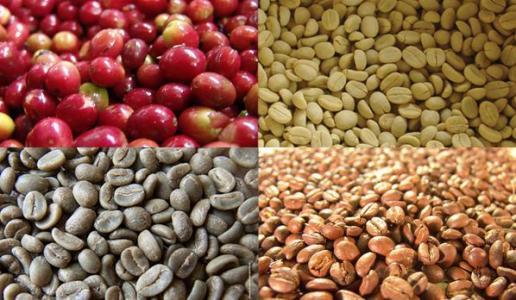The process of making coffee flowers-what kind of milk is used in coffee flowers
The process of making coffee flowers-what kind of milk is used in coffee flowers
1. Pour the right amount of frozen milk into the vat
two。 Air spray cleaning steam rod
3. Insert the steam stick into the milk to form a foaming angle, and the steam rod outlet is located under the milk level 1cm
4. "send off" stage: open the steam valve, when the milk begins to rotate, move the milk tank down at a uniform speed to form milk bubbles (accompanied by baring). The process of moving needs to keep the rotation of the milk and the position of the steam stick and the milk.
5. "beating" stage: when the milk foam reaches the desired amount, slightly lift the milk tank (no bawling sound), keep the liquid level rotating, and continue to heat, when the temperature is close to 65 ℃, close the valve
6. Air spray cleaning steam rod
1. The cylinder nozzle is close to the cup wall, aiming at the center point of the liquid level of Espresso, and the small milk flow is injected.
two。 Gradually pull up the milk tank and use the small milk flow to draw circles for fusion.
3. After five minutes full, the milk tank is close to the liquid level (note the position where the milk flow is injected at this time, called the flowering point) to increase the milk flow.
4. Keep the position and shake the spout evenly so that the foam will naturally produce a semicircle.
5. When the eight minutes are full, gradually raise the milk tank, refine the milk flow, and slowly pull forward, resulting in the central tip effect of figures 5 and 6.

Important Notice :
前街咖啡 FrontStreet Coffee has moved to new addredd:
FrontStreet Coffee Address: 315,Donghua East Road,GuangZhou
Tel:020 38364473
- Prev

Introduction to the brands and types of espresso
Introduction to the brands and types of coffee beans CafeMocha coffee, the oldest coffee, is a mixture of Italian espresso, chocolate sauce, whipped cream and milk. Mocha gets its name from the famous port of Mocha. Its unique sweet, sour, bitter taste, extremely elegant. It is an excellent variety loved by ordinary senior people. It is common to drink only one product. The lubrication of the drink is delicious. Mellow taste
- Next

What is the visual difference between cappuccino and latte? what is the flavor description? an introduction to the production area of grinding scale.
Cappuccino [cappuccino] cappuccino is prepared by pouring hot foamed milk into a five-cent espresso coffee until eight minutes full, and finally pour in a layer of milk foam. Some coffee shops will also sprinkle a little cinnamon or chocolate powder on it to make the taste more fragrant and soft. How to order coffee: latte, mocha, or cappuccino? How to order coffee: latte
Related
- Beginners will see the "Coffee pull flower" guide!
- What is the difference between ice blog purified milk and ordinary milk coffee?
- Why is the Philippines the largest producer of crops in Liberia?
- For coffee extraction, should the fine powder be retained?
- How does extracted espresso fill pressed powder? How much strength does it take to press the powder?
- How to make jasmine cold extract coffee? Is the jasmine + latte good?
- Will this little toy really make the coffee taste better? How does Lily Drip affect coffee extraction?
- Will the action of slapping the filter cup also affect coffee extraction?
- What's the difference between powder-to-water ratio and powder-to-liquid ratio?
- What is the Ethiopian local species? What does it have to do with Heirloom native species?

